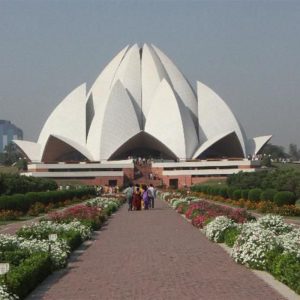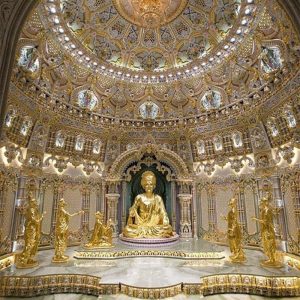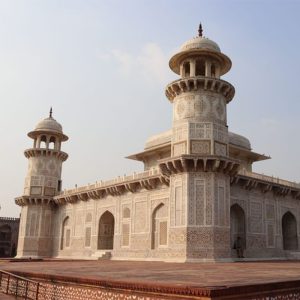Taj Mahal
The Taj Mahal, situated in Agra, Uttar Pradesh, is one of the world’s most famous monuments and an ageless symbol of eternal love, constructed by the Mughal Emperor Shah Jahan in the 17th century in the memory of his beloved wife Mumtaz Mahal. Carved out of dazzling white marble and decorated with intricate inlay work of precious and semi-precious stones, the Taj Mahal is a work of Mughal art that harmoniously blends Persian, Islamic, and Indian elements. Declared as a UNESCO World Heritage Site, the Taj Mahal is visited by millions of people from all over the world to behold its symmetrical grandeur, intricate carvings, imposing minarets, and serene reflection of the monument in the Charbagh garden’s long pool. Agra itself is a historic city and a treasure trove of culture, giving tourists a glimpse into the grand history of the Mughal Empire with the surrounding attractions like the huge red sandstone Agra Fort, the deserted imperial city of Fatehpur Sikri, the peaceful Mehtab Bagh which gives a special backside view of the Taj Mahal, and local bazaars renowned for marble handicrafts, leather items, and delectable Mughlai food. If planning to visit, the optimum time to see the entire charm of the Taj Mahal is from October to March when the weather is pleasant with gentle temperatures, sunny skies, and a gentle breeze that allows easy strolling in the complex without discomfort. Early winter mornings are particularly magical, with golden soft light or a mysterious veil of fog adding to the white marble’s beauty, creating an ethereal mood ideal for photography. Steer clear of the scorching summer heat of April to June, when the mercury rises over 45°C, and the unreliable monsoon months of July to September is strongly advised to make the trip a seamless and memorable experience. Visiting Agra in the winter season not only provides the ideal climatic conditions but also helps the visitors indulge in the total heritage of Agra, get immersed in the royal atmosphere of the place, and view the Taj Mahal in its very best form whether at the rays of morning sunrise, the tender hue of twilight, or through the enchanting nights of the full moon watching.

















